Many people wonder what the difference is between
ductile iron and ordinary
cast iron when using it. Below is a detailed explanation.
Many people ask about the difference between ductile iron and cast iron. Because, judging by their appearance alone, it's often difficult to clearly distinguish between ductile iron and cast iron.Let's examine the differences between ductile iron and cast iron.
Cast iron refers to an iron-carbon alloy with a carbon content of 2% or more. Industrial cast iron typically contains 2% to 4% carbon. Carbon in cast iron primarily exists as graphite, sometimes as cementite. In addition to carbon, cast iron also contains 1% to 3% silicon, as well as elements such as manganese, phosphorus, and sulfur. Ductile iron is obtained by spheroidizing molten gray cast iron. The resulting graphite is spherical, often referred to as ductile iron. Compared to ordinary gray cast iron, it has higher strength, better toughness, and greater plasticity. It is used in the manufacture of internal combustion engines, automotive parts, and agricultural machinery.
What is Ductile Iron?
Before pouring, a small amount of nodularizing agents (such as magnesium, calcium, and rare earth elements) and graphitizing agents (such as ferrosilicon and calcium-silicon alloys) are added to the molten iron to promote the crystallization of carbon in the form of spherical graphite. This type of cast iron is called ductile iron.
Ductile iron significantly surpasses gray cast iron in strength, ductility, and toughness, even approaching that of steel. Its corrosion resistance is poor in acidic media, but better in other media. Its price is lower than steel. Because it combines the advantages of both ordinary cast iron and steel, it has become a new structural material. Many important parts previously made of carbon steel and alloy steel (such as crankshafts, connecting rods, main shafts, and medium-pressure valves) are now made of ductile iron. Ductile iron is produced through die-casting, allowing for the manufacture of precision parts. It cannot be cast, and is then refined through high-temperature firing.
Ductile iron is a new foundry process, distinguished from conventional cast iron by its texture. It is commonly used in the production of manhole covers, pipe fittings, and other components. Density: Approximately that of steel.
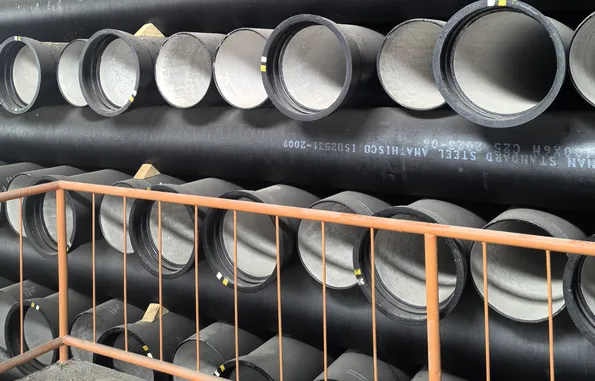
Chemical Composition of Ductile Iron vs Cast Iron
Elemental iron easily rusts, so it’s mostly found in oxide minerals like hematite and magnetite. Making up 34.6% of Earth’s mass, it accounts for about 90% of refined metals.
Cast iron is an iron alloy with 3%–5% carbon.
Gray cast iron: 96%–98% iron, 2%–4% carbon, small amounts of silicon.
Ductile iron: 3.2%–3.6% carbon, 2.2%–2.8% silicon, plus manganese, magnesium, and trace elements.
Magnesium plays a key role as a nodularizing agent, giving ductile iron its strong, flexible structure.
Select 10 more words to run Humanizer.
Advantages of Ductile Iron Over Cast Iron
1.Higher Strength – Ductile iron’s tensile and yield strength are three times greater than those of cast iron.
2.Improved Ductility – The ability to stretch and deform without breaking enhances safety and reliability.
3.Better Impact Resistance – Ductile iron can absorb shock and vibration without cracking.
4.Extended Service Life – Ideal for underground pipelines and pressure systems.
5.Versatile Applications – Used in automotive components, municipal water systems, and industrial machinery.
FAQ: Cast Iron vs Ductile Iron
1. What is the main difference between cast iron and ductile iron?
The key difference lies in the graphite shape—cast iron has flake graphite, while ductile iron has nodular graphite formed by adding magnesium during production.
2. Is ductile iron stronger than cast iron?
Yes. Ductile iron has higher tensile strength, yield strength, and elongation, making it far more durable and impact-resistant.
3. When were ductile iron pipes introduced?
Ductile iron pipes were first introduced in 1955, replacing gray cast iron pipes used since 1817.






 English
English Español
Español بالعربية
بالعربية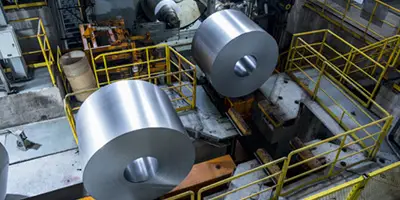

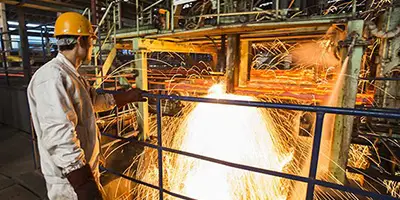
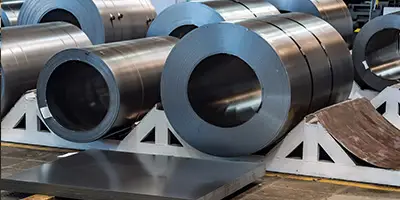

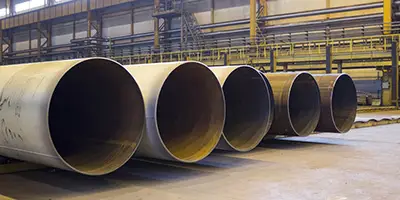
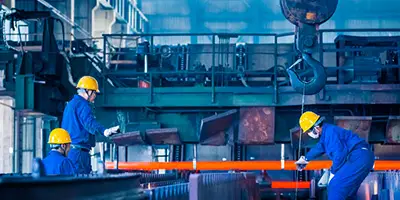
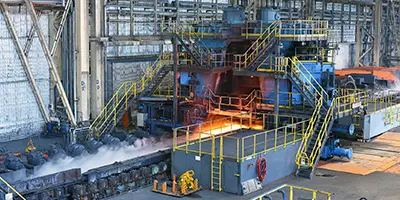
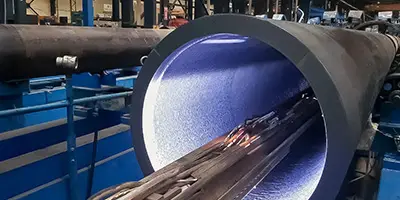
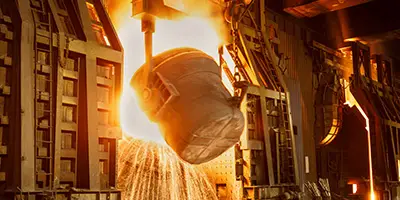
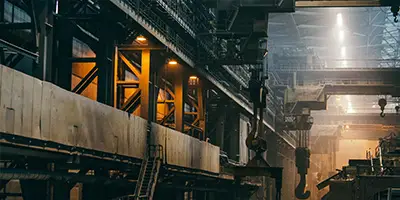

 Phone :
Phone :  Whatsapp :
Whatsapp :  Email :
Email : 


